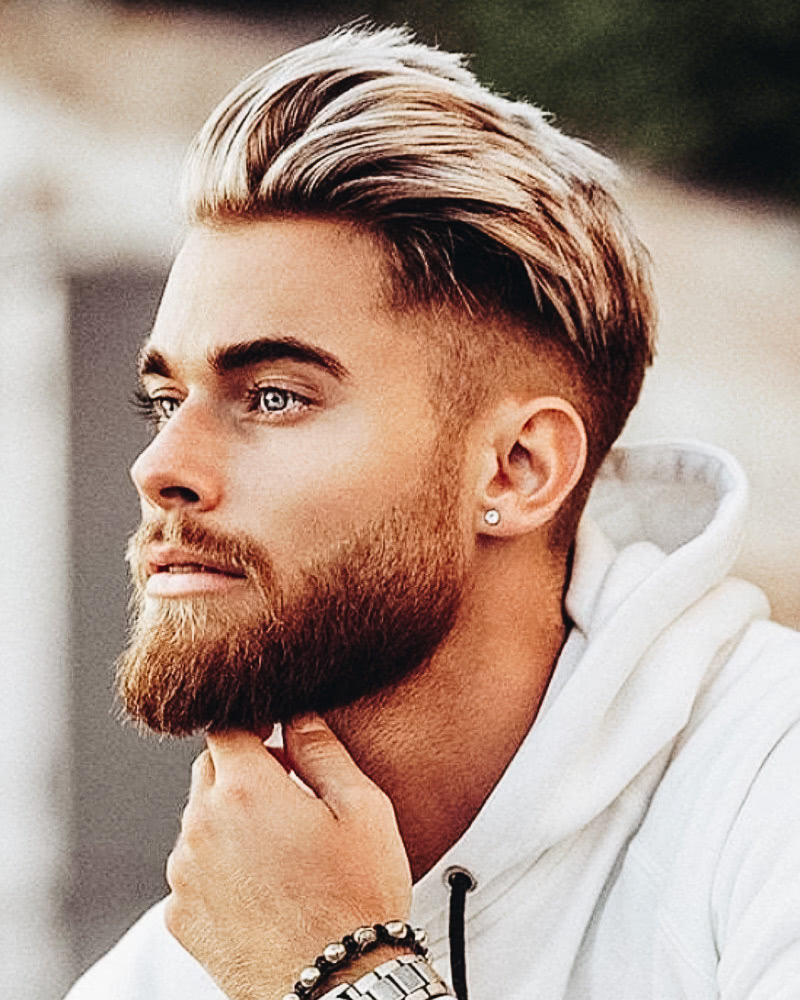Hairdressers as Artistic Curators Molding Community Character and Bonding in New Metropolis
Hairdressers as Artistic Curators Molding Community Character and Bonding in New Metropolis
Blog Article
Hair salons in New York City are not only locations to get a trim; they function as important cultural centers that help define neighborhood identity and nurture connections among residents. These establishments have a rich history in urban settings, acting as gathering spots where individuals from diverse backgrounds come togetherness. In many neighborhoods, barbershops are often the first place where clients can engage in conversations about community issues, exchange stories, and forge relationships. This distinct role makes barbers not only skilled professionals but also cultural curators who contribute to the community fabric of their neighborhoods.
The atmosphere in a barbershop is often lively and welcoming, creating a setting where people feel at ease sharing themselves. Barbers are known for their ability to engage with patrons, often engaging in discussions that range from athletics to current events. This engagement helps to create a feeling of belonging among patrons, as they share their stories and viewpoints. In many cases, barbershops mirror the ethnic diversity of the neighborhoods they support, showcasing different hairstyles, grooming methods, and even music that connect with the local community. This cultural exchange enhances the interaction for everyone involved and strengthens community ties.
Barbershops also play a significant role in maintaining cultural traditions. Many barbers have been educated in particular techniques that are transmitted through generations, guaranteeing that unique looks and methods are not forgotten over time. For instance, certain styles and grooming practices may be linked to cultural heritage, allowing clients to show their identity through their look. By upholding these customs, barbershops help to keep cultural narratives alive, providing a sense of pride and continuity for community members.
In addition to their cultural significance, barbershops often engage in community outreach and support local initiatives. Many barbers take an active role in addressing social issues, such as education and health awareness, by organizing events or offering resources to their patrons. This engagement shows a dedication to the health of the community and fosters a sense of responsibility among barbers. By using their platforms to encourage positive development, barbershops become essential players in the local area, further reinforcing their role as community curators.
In conclusion, barbershops in NYC serve as crucial spaces for cultural exchange, community building, and identity formation. They provide a unique environment where people can bond, exchange, and honor their varied men's haircuts for fall backgrounds. As community curators, barbers not only influence the way people present themselves but also influence the broader community dynamics. By recognizing the value of these businesses, we can value the essential role they play in fostering connections and preserving cultural traditions in city settings.